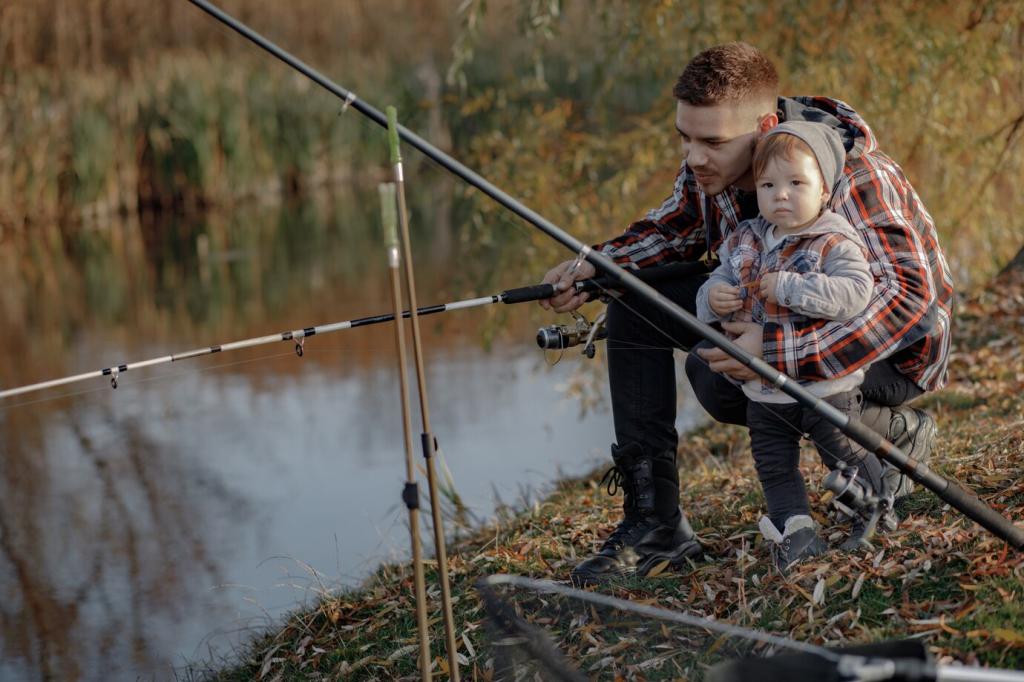
Mastering Freshwater Fishing Techniques
Chosen theme: Freshwater Fishing Techniques. Cast with confidence as we blend practical skills, field-tested tips, and relatable stories to help you read water, finesse your presentation, and outsmart wary fish. Share your favorite tactics in the comments and subscribe for weekly technique deep-dives.
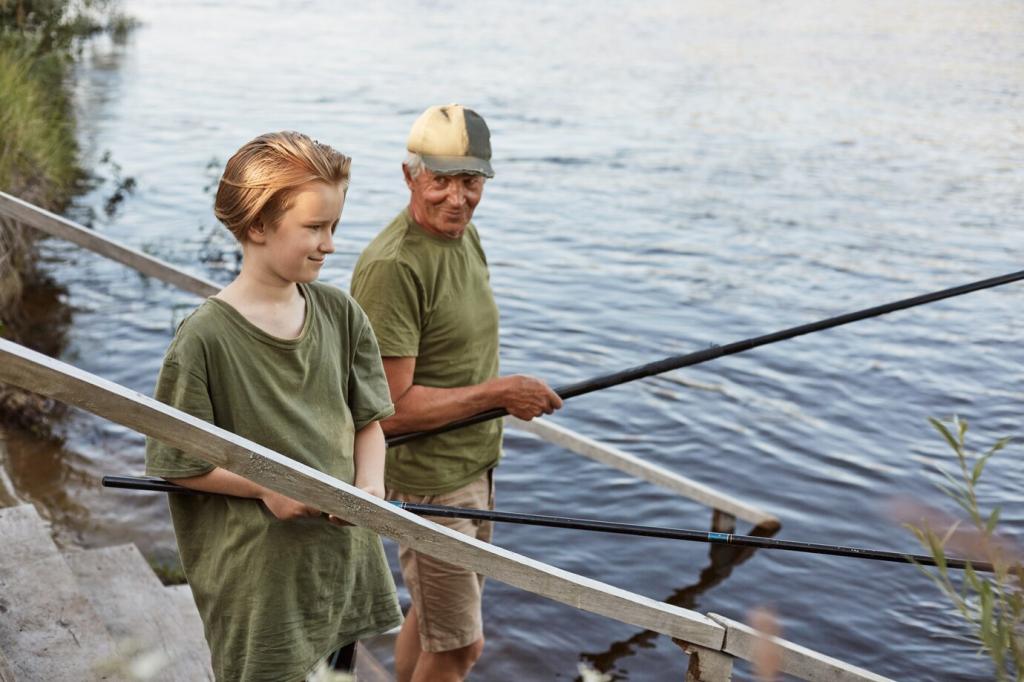
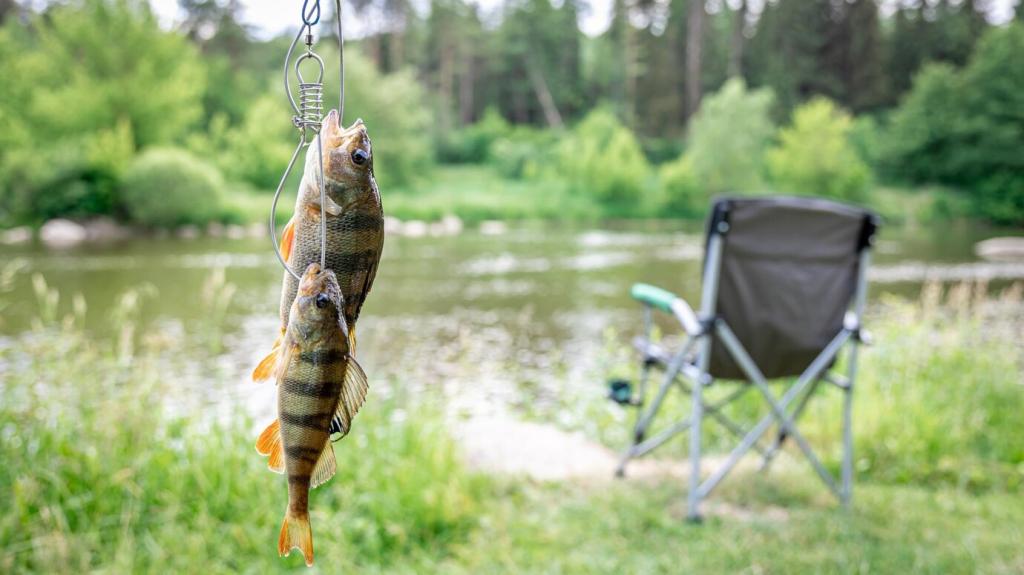
Reading the Water: The Foundation of Freshwater Fishing Techniques
Identify edges: weedlines, drop-offs, rock transitions, and timber. Bass and walleye hunt along changes, not featureless flats. Watch shorelines for clues, then confirm with sonar. Comment with your most reliable shoreline hint.
Reading the Water: The Foundation of Freshwater Fishing Techniques
In rivers and windswept lakes, bait stacks where gentle flow meets slack water. Present lures across seams, not directly against them. Experiment with angles and speed. Have a go-to seam lure? Share your pick and why.
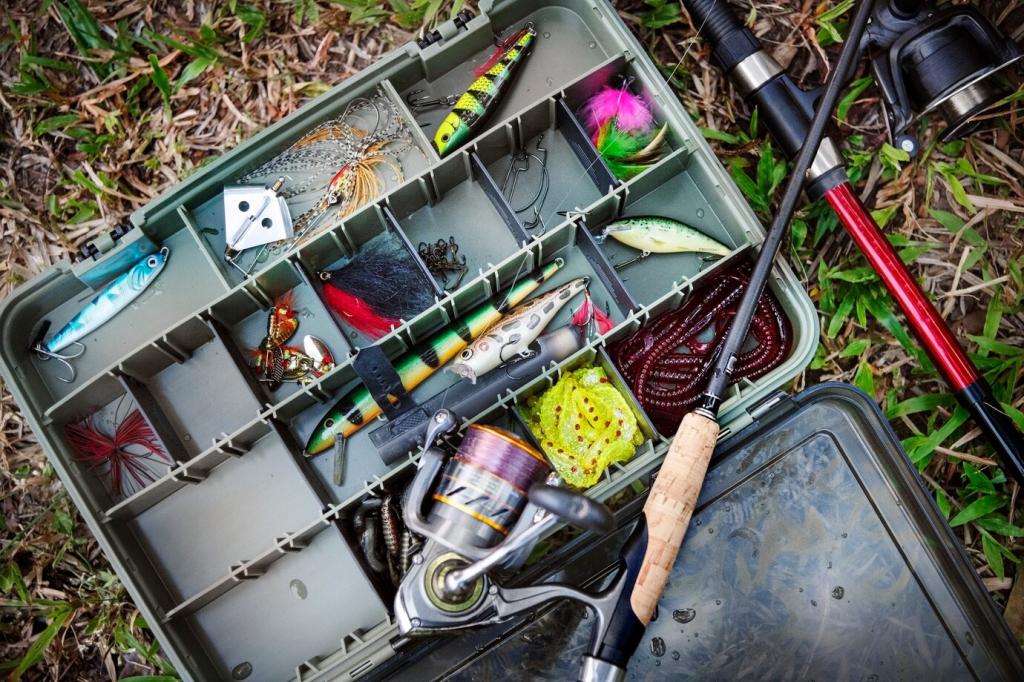


Lure Presentation Secrets That Trigger Strikes
Let the jig touch bottom, then lift just enough to tick life into the plastic. Vary hop height, pause length, and line tension. Many bites feel like nothing. Ever switched cadence and unlocked a bite window? Tell us how.
Lure Presentation Secrets That Trigger Strikes
Purposefully crash cranks into rock or wood, then hesitate—reaction strikes happen on the stall. Speed up with wind, slow down in glassy water. Count depth with cast length. Which crank triggers your lake’s biggest reaction bites?
Live Bait Tactics That Still Outfish Plastics
Set your stop-knot to hover just above weed tops or brush. Adjust depth after every missed bite. Use small floats in calm water, larger in wind. What depth tweak turned sniffers into committers for you?
Drag a live minnow or leech just ticking bottom, letting current guide the presentation. Choose just enough weight to maintain contact. How slow is slow enough on your home reservoir? Share your sweet-spot speed.
Healthy bait equals natural action. Keep minnows cool and oxygenated; replace often. Nose- or dorsal-hook for freedom, tail-hook to encourage forward swim. What bait care hack extended your bite window this season?

As shallows warm, fish slide onto north banks and protected coves. Small jigs, suspending jerks, and slow-rolled swimbaits shine. Pause often. What water temperature signals your first confident shallow pass?
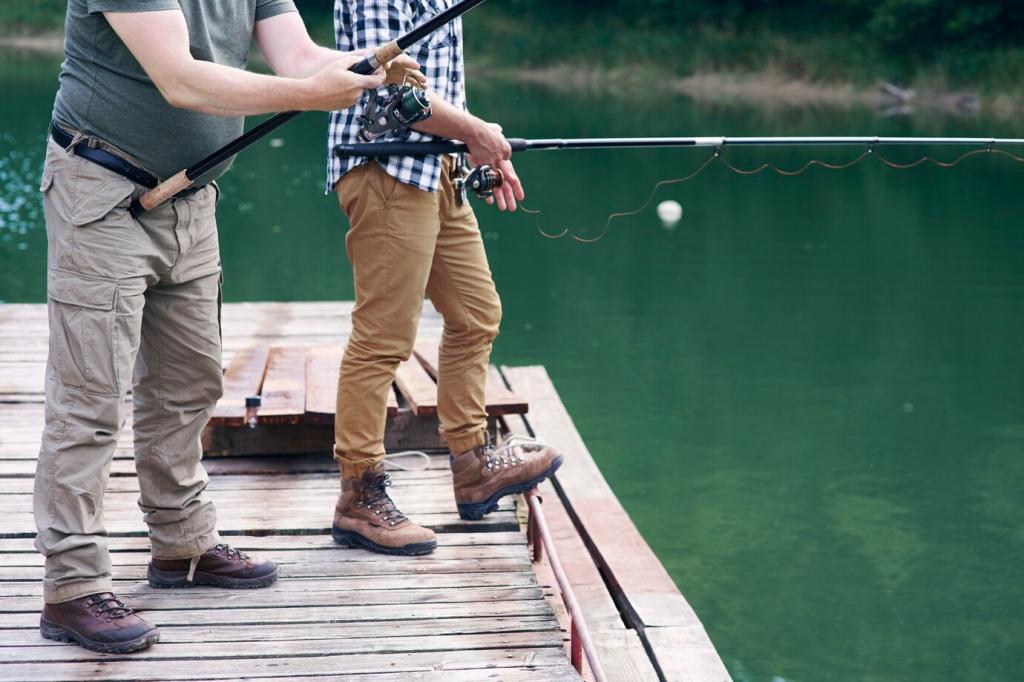
Find the thermocline by watching sonar for the faint density line. Fish edges early, then go deep or fish at night. Big worms and slow cranks excel. What’s your confidence technique after sunset?
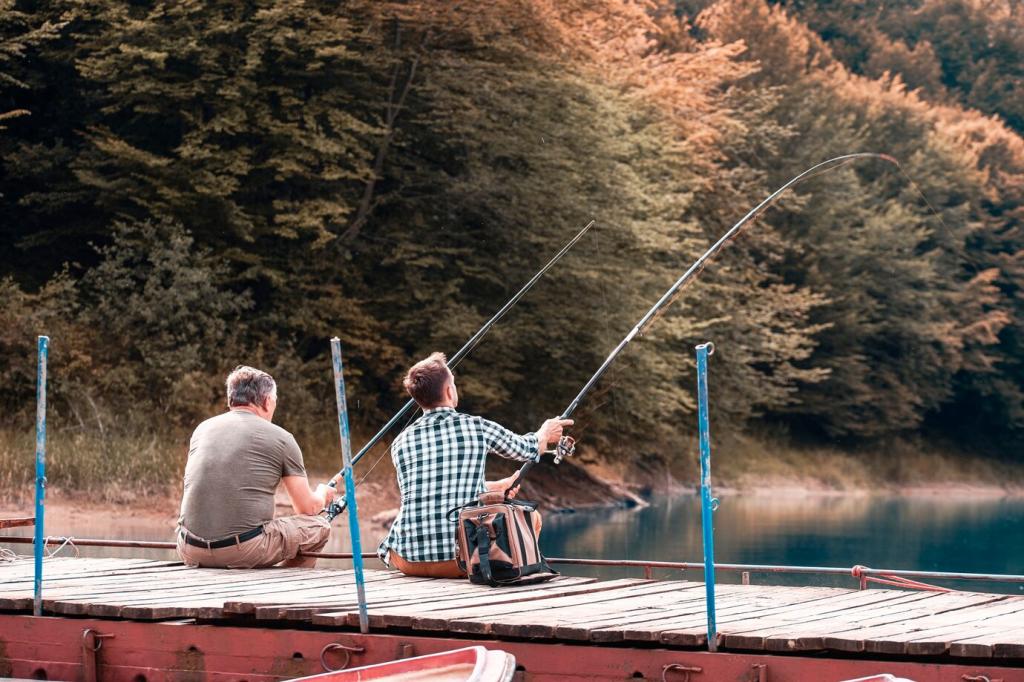
During turnover, roam to find stable pockets. Once stabilized, target windblown points as bait pushes shallow. Lipless cranks and swimbaits cover water fast. How do you track bait schools when conditions shuffle daily?
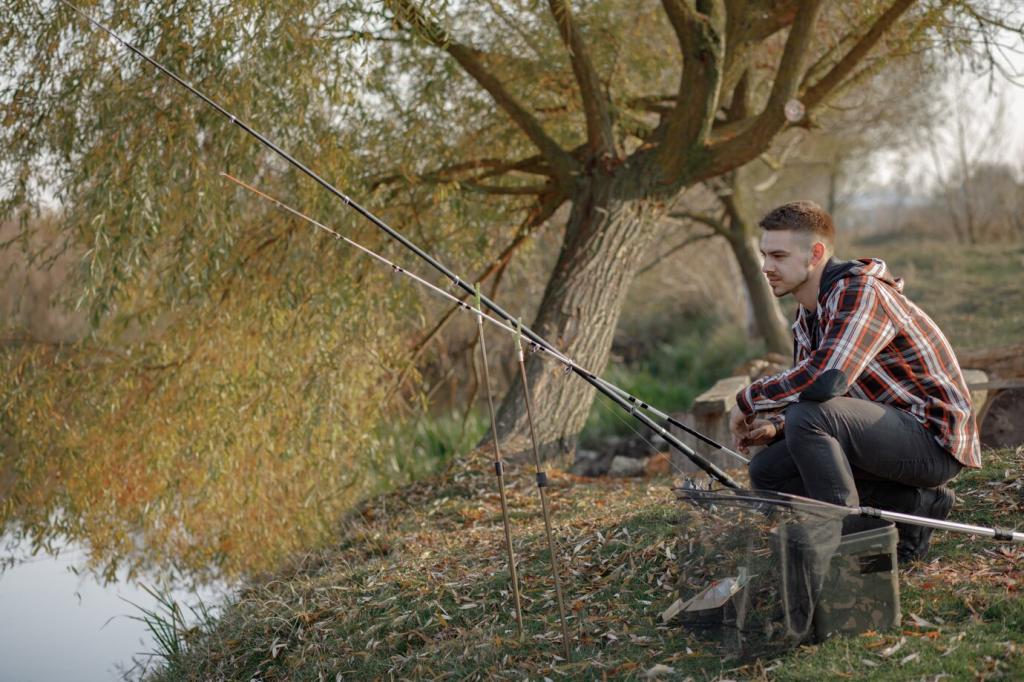
Species-Specific Tweaks to Freshwater Fishing Techniques
Punch heavy mats with compact jigs and stout braid, or swim a weedless paddle tail along edges. Listen for bluegill pops—bass aren’t far. What’s your mat-cracking weight and hook combo?
Species-Specific Tweaks to Freshwater Fishing Techniques
Work blade baits and jigs on rocky points, then pull live bait rigs along subtle breaks. Keep contact, not snags. Color-change clues matter. Which walleye color pattern always rescues your slow mornings?
A Dawn Lesson in Patience
One glassy morning, a spinnerbait drew followers but no takers. A switch to a subtle jig-and-pause unlocked bites. Tiny changes matter. What micro-adjustment earned you that day-saving strike?
Mentor Wisdom That Endures
An old-timer taught us to count rocks between bites—mapping patterns with each cast. Data beats guesses. What habit from a mentor still shows up in your technique today?
Join the Conversation and Grow
Comment with your favorite freshwater fishing techniques, subscribe for weekly drills, and ask questions you want tested on the water. Your experiences shape our next deep-dive and community challenges.
